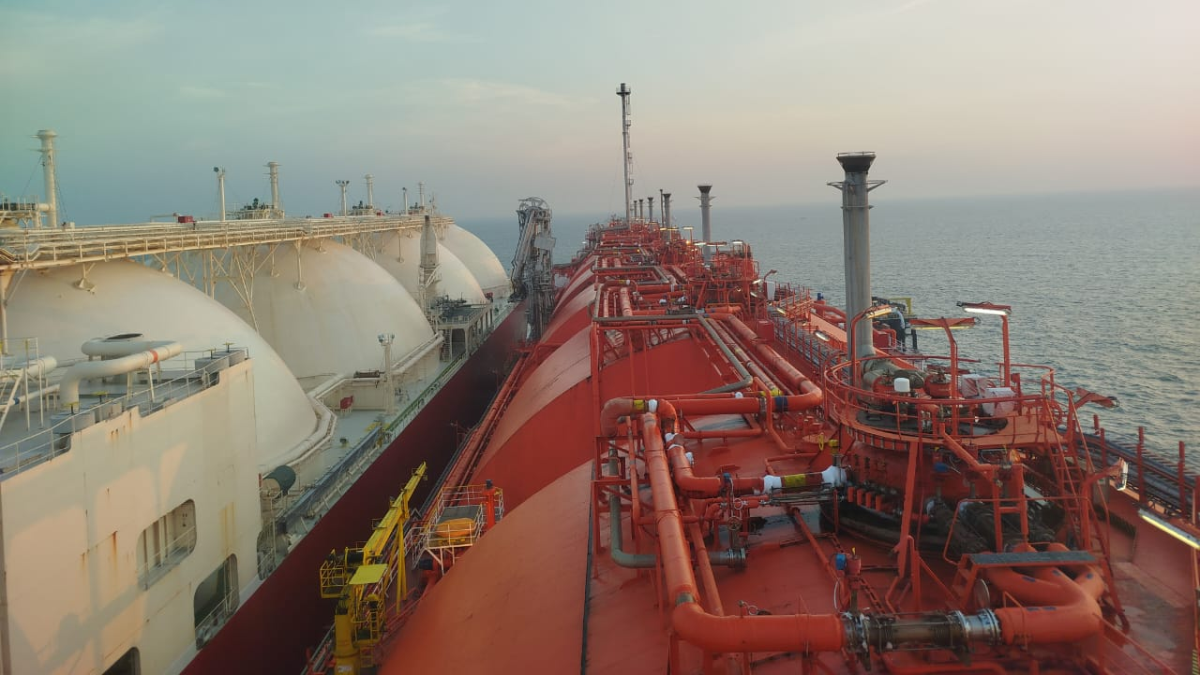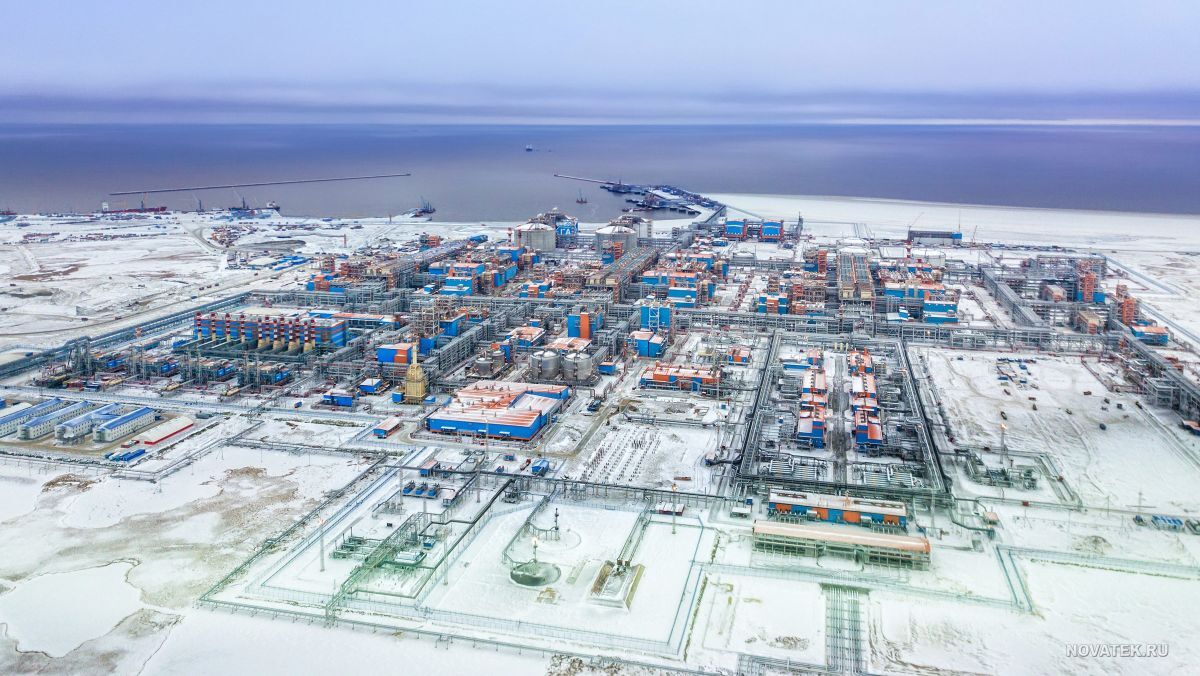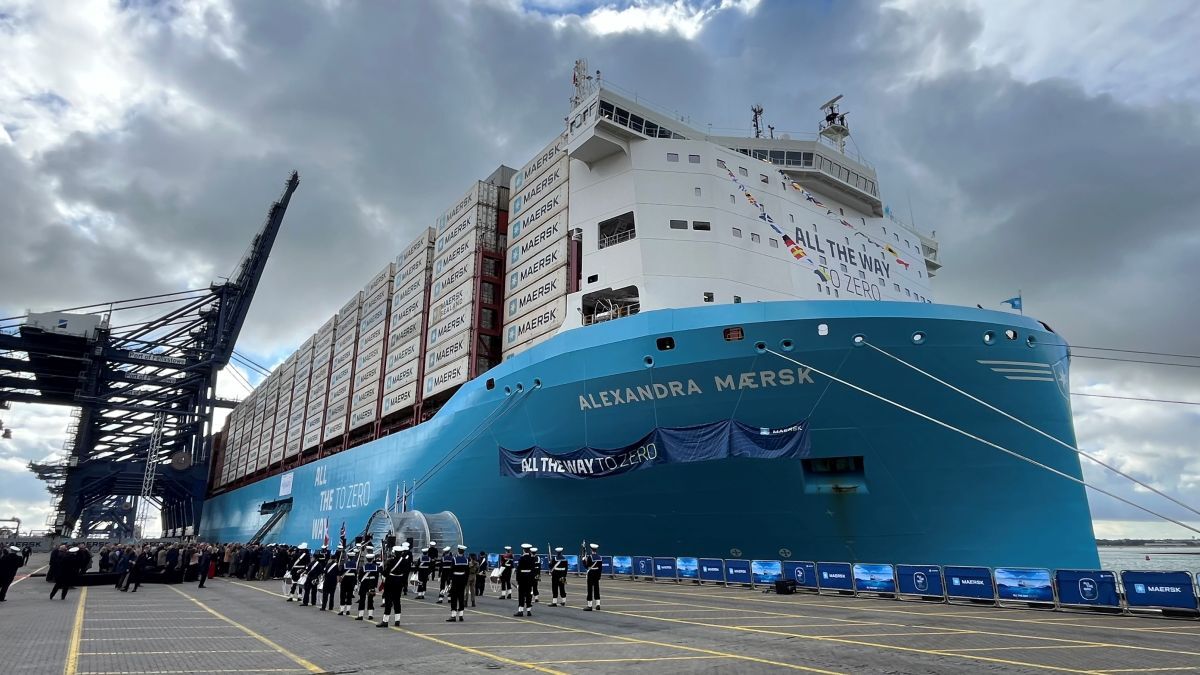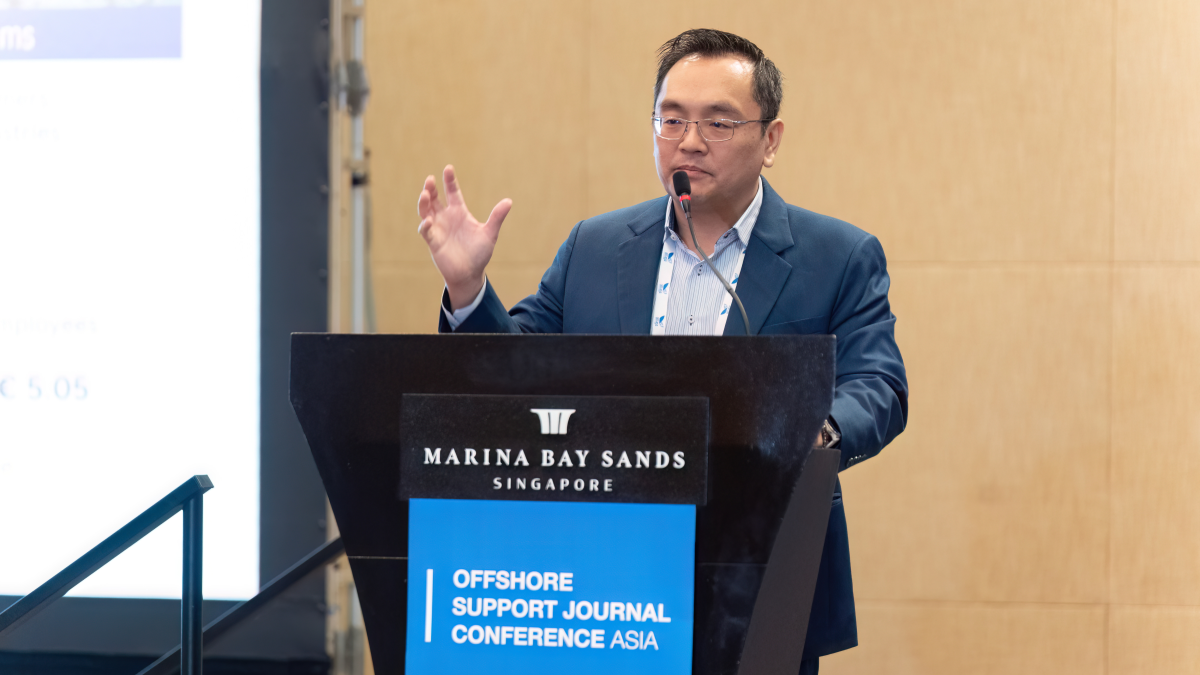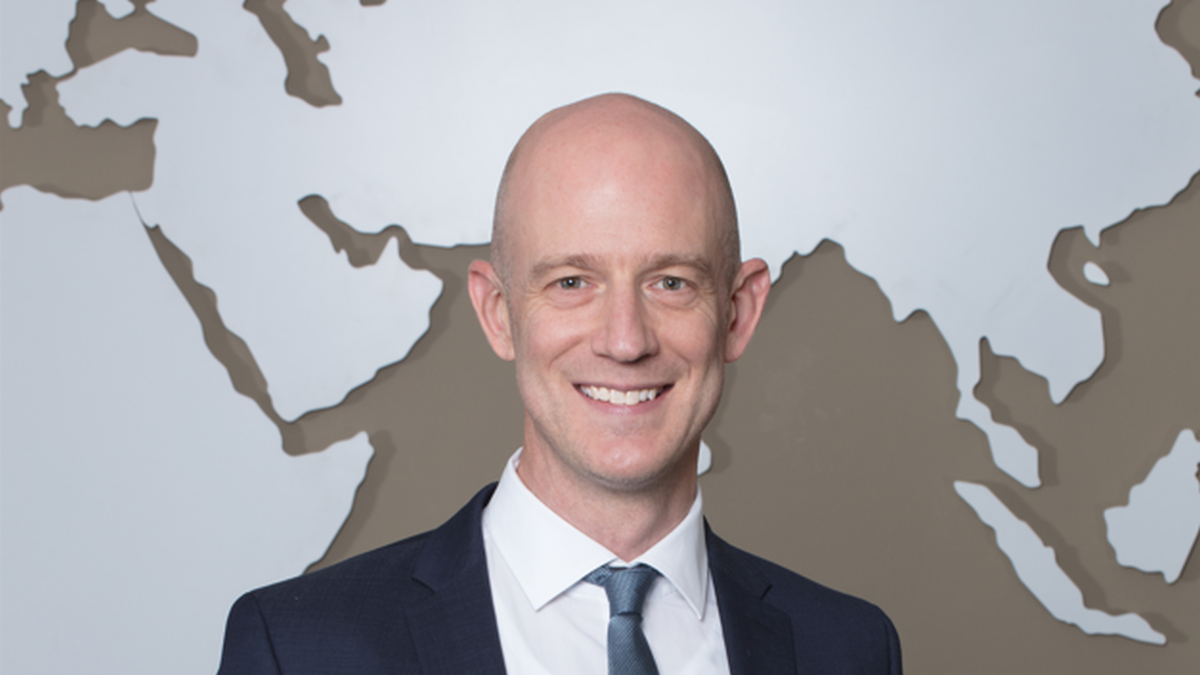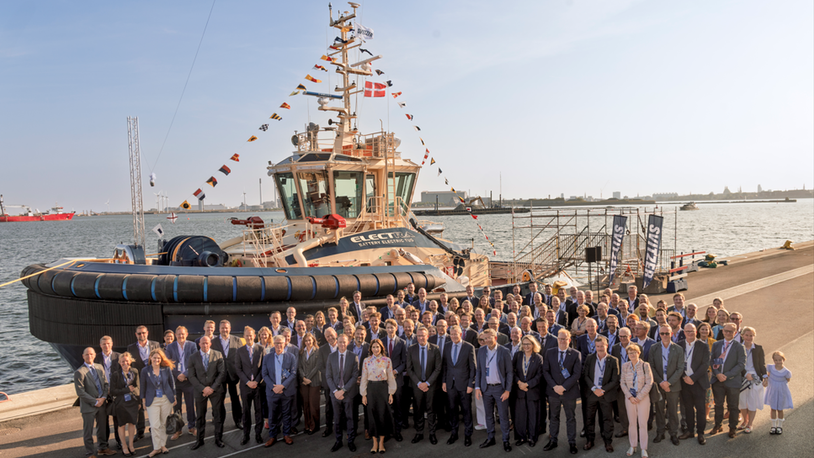Business Sectors
Events
Contents
Register to read more articles.
Vessels are not refrigerators: shipowners call for immediate corrections to CII flaws
“Different types and sizes of vessels operating on widely varying routes and trades cannot be categorised by one simple division resulting in one grade, like refrigerators,” said vice chairman of Intercargo’s Technical Committee, Dimitris Monioudis
Mr Monioudis spoke to Riviera about a week after the shipping industry’s joint announcement called for the immediate amendment of IMO’s Carbon Intensity Indicator (CII). BIMCO, CLIA, Intercargo, Intermanager, ICS and Intertanko have all raised concerns about “unintended consequences that are contradictory to reducing overall greenhouse gas (GHG) emissions”.
Shipping groups noted “as the CII is currently designed, it has inherent flaws that work against its intended purpose of supporting our collective objective of reducing GHG emissions across the maritime industry.”
Calculation problems
The main criticism of CII centres on its calculation method. The indicator is derived by dividing the total fuel consumed annually by the product of distance sailed multiplied with the ship’s deadweight tonnage (dwt). Based on a ship’s CII, its carbon intensity is rated from A to E, with A being the best (ships rated D or E will have to submit correction plans).
"Vessels are affected by various factors beyond their control, such as weather conditions, port delays, charterers’ decisions, congestion problems and security threats. Therefore, their performance cannot be accurately assessed by one simple division," Mr Monioudis observed.
SEEP manager at George Prokopiou-backed Dynacom Tankers Management Ltd, Evangelos Adam, provided examples of why CII is not a real measure of environmental performance.
"Smaller vessels spending longer periods in ports or anchorages will have a lower rating since they consume fuel without performing cargo work. In absolute terms, these vessels pollute less, but this is inversely proportional to the CII they can achieve. When a vessel is rated E, it does not necessarily mean it pollutes more; market conditions may have significantly affected its performance," said Mr Adam.
"Conversely, because the denominator uses dwt and not the actual cargo carried, if a ship is running unladen and sailing all over the Mediterranean for example, it can achieve an excellent CII despite high pollution," he added.
Correction factors needed
Shipping wants correction factors to address these abnormalities when calculating a vessel’s CII. Mr Monioudis said many suggestions have been submitted to improve calculations such as excluding periods when a vessel is not sailing and the main engine(s) are idle (eg in port, at anchorage, under repair or in drydock). "Any amendment to CII should incentivise the reduction of total GHG emissions" Mr Monioudis said.
“Proposals from the industry are sector specific where ‘the one-size-fits-all’ approach in the current framework does not reflect transport efficiency appropriately,” BIMCO deputy secretary general, Lars Robert Pedersen told us.
“Other proposals aim to reverse some of the negative effects of ships being idle in ports or at anchorage. Port stays are a natural consequence of transporting goods between ports and should not negatively impact the rating scheme”, he explained.
“Specific proposals are still under development and only at the MEPC meeting in September will we know the full details of all proposals,” said Mr Pedersen.
Intertanko has also proposed to IMO the development of a fleet compliance option, allowing ship operators to offset D and E ratings against ships with better ratings. Meanwhile, the Liberian Registry suggests developing a correction factor for short voyages.
Additionally, both Intertanko and ICS support creating correction factors for gas and LNG carriers. One correction factor would address the electrical consumption during cargo transfer, and another for managing boil-off gas consumption in LNG carriers.
The review process
IMO’s Marine Environment Protection Committee (MEPC) will review the effectiveness of the implementation of the CII and EEXI requirements by 1 January 2026 at the latest. At least 78 proposals have been submitted by every sector of shipping for the CII review process.
The review of the regulation is scheduled to commence this year, following a data-gathering stage, at the MEPC 82 meeting from 20 September to 4 October.
Riviera’s Maritime Decarbonisation Conference, Europe 2024 will be held in Amsterdam, 24-25 September 2024. Click here for more information on this industry-leading event.
Related to this Story
Events
Offshore Support Journal Conference, Americas 2025
LNG Shipping & Terminals Conference 2025
Vessel Optimisation Webinar Week
© 2024 Riviera Maritime Media Ltd.






